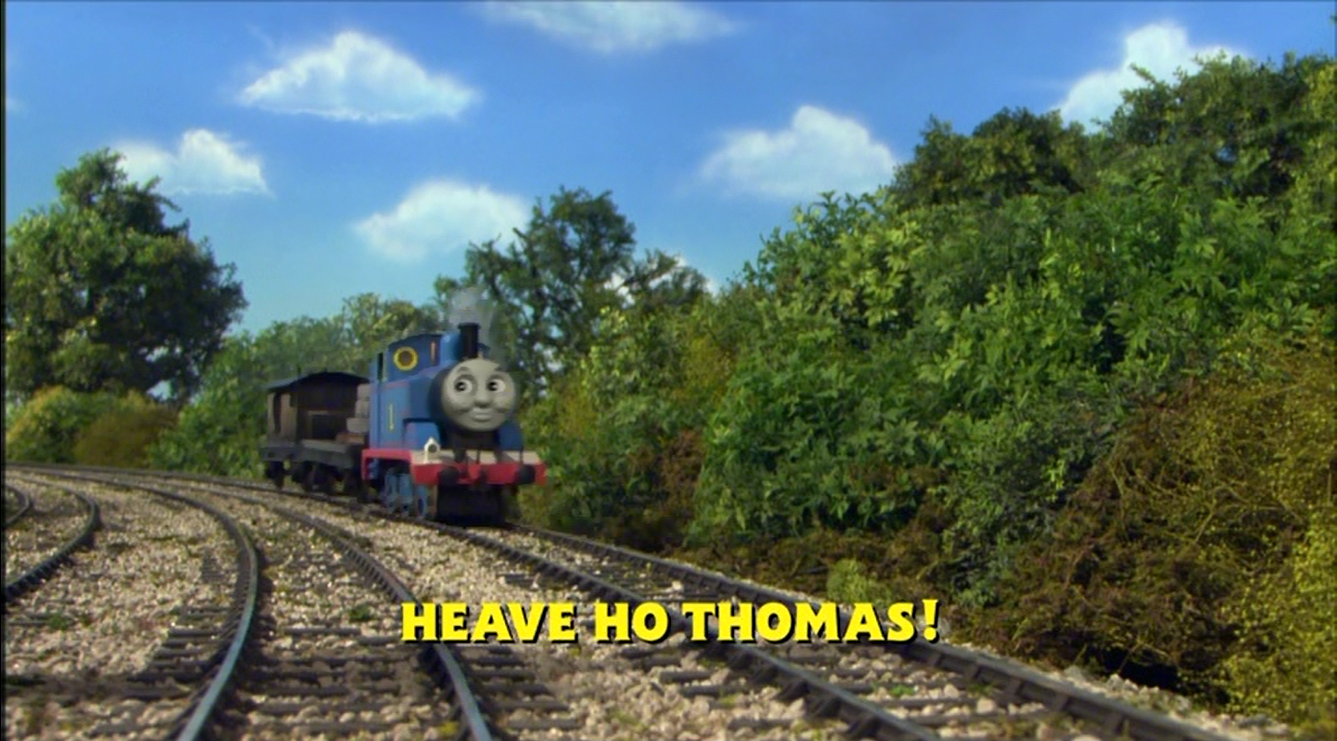

Finally, the spikes of the macrobacteria may be a defense mechanism against larger predatory Pit fauna4 (Big thanks to u/Hozin-6 who provided most of the speculation on macrobacterial locomotion and defense in this analysis. Surface bacteria and other single celled organisms use chemical sensors to “look at” or “feel” their environments and a lack of clear eye spots may indicate a similar process in macrobacteria where their tendrils could detect chemical changes or concentration levels in their surroundings. Macrobacteria have been known to act aggressively in defense of territory, so the more prehensile tendrils may provide some level of grasping and restraining when the macrobacteria encounter hostile organisms. The macrobacteria may scuttle like sea urchins, swim like jellyfish, crawl, slither, or even roll through Pit openings and fluids. The tendrils or spikes of the macrobacteria are likely to fill many roles for the animal locomotion, grasping/restraining, sensing, and protection could all be achieved by a set of extremities. Each creature has a spherical or near spherical body surrounded radially by spikes and/or tendrils (omitting species H, which demonstrates a more lateral body plan). Various species of macrobacteria are shown on the Major Parasitic Fauna poster3 from these drawings it appears that most species share some common traits. While similar in appearance to microscopic bacteria, it is known that macrobacteria are multicellur1. dead Pit tissue and/or deceased Pit fauna). Macrobacteria are known to feed osmotically on cystic nutrient ganglia1, however it is likely that some species may eat dead organic matter (i.e. If you somehow found this post and don’t know about the source material please check it out here:ĭue to their great abundance, simple reproductive behavior, and wide variety, the macrobacteria of the Pit are a fundamental building block in the Pit’s ecology.

I tried to tag all of the information that IS canon but I almost certainly forgot something, so if you see something PM me and I’ll edit the post! While the food web and analysis were written up by me, all of the material and lore is from the Mystery Flesh Pit blog. I based a lot of my speculation on established lore but obviously I filled in MANY gaps. Along with the food web I also wrote up about 5 pages of analysis on why I chose to order the food web in the way I did (was it overkill? yes. Any arrow marked with a (?) means that the connection there is more uncertain. The web is made up of five base food sources (green) with the park’s fauna split into Primary (pink), Secondary (orange), and Tertiary Consumers (red).
.png)
I’ve spent the past three days putting together a speculative food web of the Mystery Flesh Pit’s ecology.


 0 kommentar(er)
0 kommentar(er)
